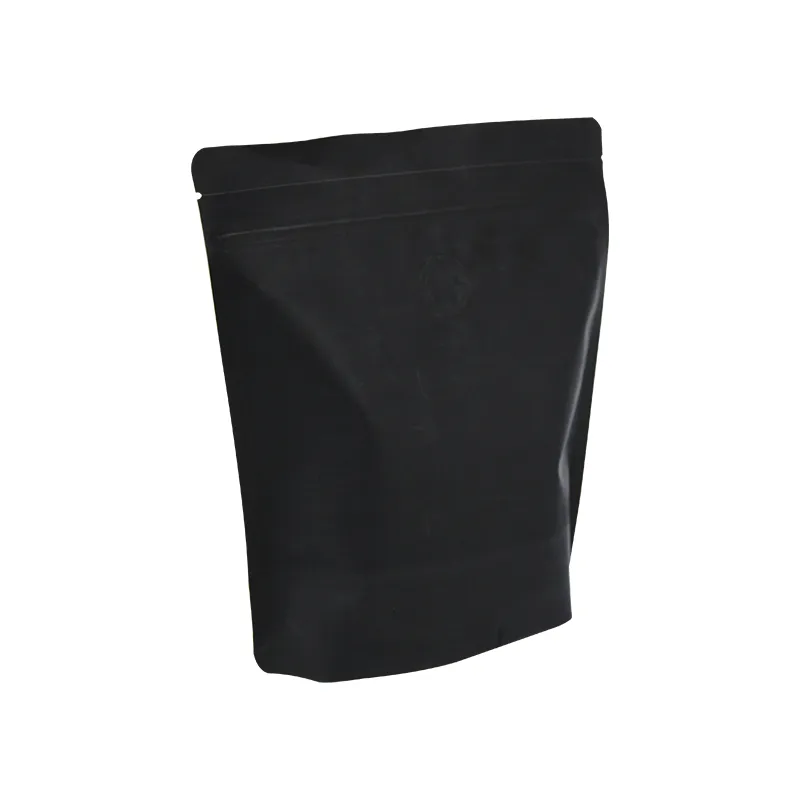- Afrikaans
- Albanian
- Amharic
- Arabic
- Armenian
- Azerbaijani
- Basque
- Belarusian
- Bengali
- Bosnian
- Bulgarian
- Catalan
- Cebuano
- chinese_simplified
- chinese_traditional
- Corsican
- Croatian
- Czech
- Danish
- Dutch
- English
- Esperanto
- Estonian
- Finnish
- French
- Frisian
- Galician
- Georgian
- German
- Greek
- Gujarati
- haitian_creole
- hausa
- hawaiian
- Hebrew
- Hindi
- Miao
- Hungarian
- Icelandic
- igbo
- Indonesian
- irish
- Italian
- Japanese
- Javanese
- Kannada
- kazakh
- Khmer
- Rwandese
- Korean
- Kurdish
- Kyrgyz
- Lao
- Latin
- Latvian
- Lithuanian
- Luxembourgish
- Macedonian
- Malgashi
- Malay
- Malayalam
- Maltese
- Maori
- Marathi
- Mongolian
- Myanmar
- Nepali
- Norwegian
- Norwegian
- Occitan
- Pashto
- Persian
- Polish
- Portuguese
- Punjabi
- Romanian
- Russian
- Samoan
- scottish-gaelic
- Serbian
- Sesotho
- Shona
- Sindhi
- Sinhala
- Slovak
- Slovenian
- Somali
- Spanish
- Sundanese
- Swahili
- Swedish
- Tagalog
- Tajik
- Tamil
- Tatar
- Telugu
- Thai
- Turkish
- Turkmen
- Ukrainian
- Urdu
- Uighur
- Uzbek
- Vietnamese
- Welsh
- Bantu
- Yiddish
- Yoruba
- Zulu
lxwxh volume
Understanding Volume through the Formula lxwxh
The concept of volume is fundamental in both mathematics and the real world. It allows us to comprehend the capacity of three-dimensional objects, providing essential information in various fields such as engineering, architecture, and even cooking. The formula for calculating the volume of a rectangular prism, often denoted as V = l × w × h, where 'l' represents length, 'w' represents width, and 'h' represents height, serves as a cornerstone in volume measurement.
At its core, volume quantifies how much space an object occupies. This measurement is expressed in cubic units, such as cubic centimeters (cm³), cubic meters (m³), or gallons, depending on the context. Understanding how to compute volume is crucial for tasks that range from constructing buildings to filling containers with liquids.
To illustrate the application of the volume formula, consider a simple example a fish tank. Suppose the tank measures 50 cm in length, 30 cm in width, and 40 cm in height. To find the volume of the tank, we would use the formula V = l × w × h. Substituting the values, we get
V = 50 cm × 30 cm × 40 cm V = 60,000 cm³
.
In a more practical sense, knowing the volume of an object can assist in everyday decisions. For instance, when purchasing furniture or choosing storage solutions, understanding the volume can help ensure that a piece will fit within a designated space. A bookshelf that measures 1.2 meters in height, 0.8 meters in width, and 0.3 meters in depth, would have a volume of
lxwxh volume

V = 1.2 m × 0.8 m × 0.3 m V = 0.288 m³
This volume indicates how many books or items the shelf can accommodate, aiding consumers in making informed choices.
Moreover, the formula lxwxh can also be applied in cooking and food preparation. Recipes often require certain ingredients to be measured by volume. If a recipe states it needs 500 ml of flour, understanding volume allows cooks to convert and determine how much space that flour would occupy in a container. For example, if a typical flour bag contains dimensions l = 20 cm, w = 15 cm, and h = 25 cm, using the volume formula
V = 20 cm × 15 cm × 25 cm V = 7,500 cm³
This knowledge can guide recipes, helping to ensure that the amounts used are accurate and that the final dish turns out as expected.
While the formula V = l × w × h applies primarily to rectangular prisms, the concept of volume can extend to more complex shapes as well. Objects such as cylinders, cones, and spheres have their own unique volume formulas, which are equally important in fields ranging from physics to art.
In conclusion, the formula for volume, V = l × w × h, plays a critical role in a myriad of applications, from everyday tasks at home to advanced engineering designs. Understanding how to calculate volume empowers individuals with the knowledge to make informed choices, execute precise measurements, and apply mathematical principles in practical scenarios. Whether you're planning a new fish tank, arranging your living room, or whipping up a delicious meal, grasping the concept of volume through this formula is undeniably valuable.













